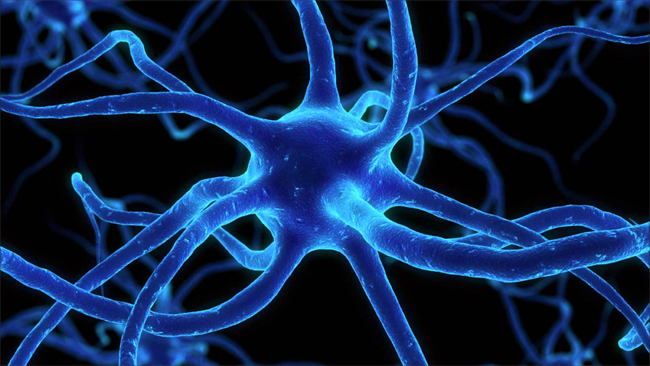There are two kinds of neurotransmitters – inhibitory and excitatory. Excitatory are those that stimulate the brain. Those that calm the brain and help create balance are called inhibitory. Inhibitory neurotransmitters balance mood and are easily depleted when the excitatory neurotransmitters are overactive.
SEROTONIN is an inhibitory neurotransmitter – which means that it does not stimulate the brain. Adequate amounts of serotonin are necessary for a stable mood and to balance any excessive excitatory (stimulating) neurotransmitter firing in the brain. If you use stimulant medications or caffeine in your daily regimen – it can cause a depletion of serotonin over time. Serotonin also regulates many other processes such as carbohydrate cravings, sleep cycle, pain control and appropriate digestion. Low serotonin levels are also associated with decreased immune system function.
GABA is an inhibitory neurotransmitter that is often referred to as “nature’s VALIUM-like substance”. When GABA is out of range (high or low excretion values), it is likely that an excitatory neurotransmitter is firing too often in the brain. GABA will be sent out to attempt to balance this stimulating over-firing.
DOPAMINE is a special neurotransmitter because it is considered to be both excitatory and inhibitory. Dopamine helps with depression as well as focus, which you will read about in the excitatory section.
Excitatory Neurotransmitters
DOPAMINE is our main focus neurotransmitter. When dopamine is either elevated or low – we can have focus issues such as not remembering where we put our keys, forgetting what a paragraph said when we just finished reading it or simply daydreaming and not being able to stay on task. Dopamine is also responsible for our drive or desire to get things done – or motivation. Stimulants such as medications for ADD/ADHD and caffeine cause dopamine to be pushed into the synapse so that focus is improved. Unfortunately, stimulating dopamine consistently can cause a depletion of dopamine over time.
NOREPINEPHRINE is an excitatory neurotransmitter that is responsible for stimulatory processes in the body. Norepinephrine helps to make epinephrine as well. This neurotransmitter can cause ANXIETY at elevated excretion levels as well as some “MOOD DAMPENING” effects. Low levels of norepinephrine are associated with LOW ENERGY, DECREASED FOCUS ability and sleep cycle problems.
EPINEPHRINE is an excitatory neurotransmitter that is reflective of stress. This neurotransmitter will often be elevated when ADHD like symptoms are present. Long term STRESS or INSOMNIA can cause epinephrine levels to be depleted (low). Epinephrine also regulates HEART RATE and BLOOD PRESSURE.
As can be seen, neurotransmitters play a pivotal role in the pathological basis of mental illness and diseases of the brain. Typically, the physician evaluates the patient’s problem in terms of too little or too much of a given neurotransmitter. Clinically he treats the problem by medicating the patient in such a way as to increase or decrease the relative presence of the neurotransmitter in question or receptor sensitivity to these neurotransmitters.
For example, everyone knows that when a person is depressed she needs more of the neurotransmitter, seratonin. If she isn’t depressed, but just feels down, with no energy and no zest for life, we say she may need more dopamine. If she is in great pain for no apparent reason, we may question the amount of endorphins she is manufacturing in her brain. If she has too much energy, we may often assume that she is manufacturing too much norepinephrine.
Only recently, however, have we realized that we are getting into trouble with this approach to medical practice with the discovery that the so-called neurotransmitters are not just manufactured by and work in the brain. They are also manufactured by every white blood cell that courses throughout the body, and responded to by every organ in the body, not just the brain.
Read more here
REF>:
Krupitsky, E.M., Burakov, G.B., Karandashova, JaS., et al. The administration of transcranial electric treatment for affective disturbances therapy in alcoholic patients. Drug and Alcohol Dependence, 27:1-6, 1991.
Shealy, C.N., Cady, R.K., Wilkie, R.G., Cox, R, Liss, S, and Clossen, W. Depression; a diagnostic, neurochemical profile & therapy with cranial electrical stimulation (CES). Journal of Neurological and Orthopaedic Medicine and Surgery. 10(4):319‑321, 1989.
Pozos, Robert S., Richardson, Alfred W., Kaplan, Harold M. Electroanesthesia: A proposed physiologic mechanism. In Reynolds, David V., and Anita Sjoberg (Eds.) Neuroelectric Research. Springfield, Charles Thomas, Pages 110-113, 1971

